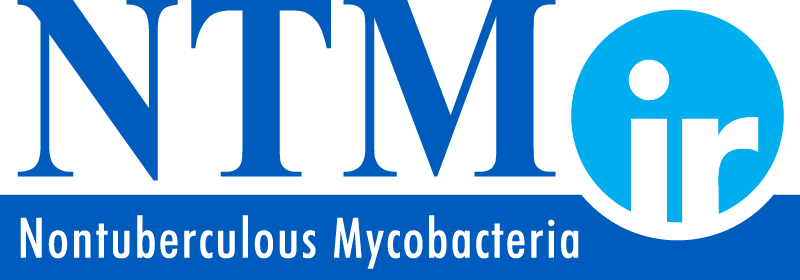There is much empirical evidence that NTM infection may occur by exposure to organisms in the environment such as our water and soil.
Doctors believe that some patients with underlying lung conditions or other vulnerabilities may become infected with NTM from inhalation of mycobacteria that become aerosolized when in an enclosed space like a pool, sauna, shower, or in a hot tub.
Actions You Can Take Today and Continue Regularly to Reduce Exposure to NTM
Reduce Exposure to NTM Aerosols
- Reduce NTM aerosols in showers by opening a window in the bathroom and ensuring plenty of ventilation. Aerosolized NTM can be inhaled into the smallest areas of the lungs. Check whether your bathroom fan is capable of removing aerosols by placing a piece of tissue paper over the grill. The tissue paper should be sucked up and stick on the grill.
- Avoid using saunas, showers, hot tubs or any water with an aerator. If you need to lie in hot water, use a tub and keep the door or a window open to ensure ventilation, and don’t splash.
- Reduce your exposure to dusts from potting soils and peat moss. Keep the potting soil moist, so when you handle it there is no dust, and wear an inexpensive mask to keep out the dust particles. A good mask for this is an N-95 mask, which can be purchased at hardware stores or online.
- When using a humidifier, use sterilized water. When filling the humidifier, first boil the water for 10 minutes to kill any NTM. Allow the water to cool before you pour it into the humidifier.
- Don’t smoke. NTM has been found in cigarette paper and filters. In addition to causing damage to your lungs which can make you more susceptible to infections, smoking may directly expose you to NTM through inhalation.
Reduce the Numbers of NTM in Your Household Water System
- Clean your showerhead regularly. Remove the showerhead and disassemble it to the best of your ability. Place it in soapy water and scrub all the surfaces. Vinegar can be used to get rid of the calcium buildup (it will bubble when placed in vinegar). NTM grows in the slimy biofilm that covers the inside surfaces of pipes. This biofilm acts as a food source for the NTM to flourish.
- Similarly, biofilms form inside your taps, so clean them! Use a cotton swab or wash cloth and twist it around to scrub the interior surface.
- Drain the sediment from your water heater using a hose and run it in the garden. Refill the water heater, drain again, and fill. If attaching a garden hose and running it outside isn’t feasible, choose a room with good ventilation (windows and doors) which has a faucet, and run the hot water until it runs cold. Make sure the windows and doors are open to let the steam escape to the outside, and stay out of the room until it’s finished. When you go back into the room, wear a mask to help prevent inhaling steam.
Use humidifiers with caution. Avoid ultrasonic humidifiers if possible, and clean your humidifier’s reservoir frequently. Soak it in undiluted bleach for 30 minutes and rinse it thoroughly.
Other Things You Can Do to Help Reduce Exposure
- Place in-line filters in showers and water taps to collect NTM and reduce NTM numbers passing filter. However, filters need to be changed every 3 weeks.
- Raise the temperature of your water heater to 55° C (131° F). Be careful because the temperature is high enough to scald. The higher water temperatures help inhibit the growth of NTM.
- Take steps to reduce GERD (gastroesophageal reflux disease), such as avoiding foods that may trigger it and avoiding vulnerable body positions that may cause aspiration.
- At least once a month, turn on the hot water in a well-ventilated bathroom and let it run until the water is cold. Water in your hot water tank “ages” – that is, it sits and allows bugs to further proliferate in biofilm. While the water is running, make sure you are not in the room inhaling the steam. Open a window or door to allow air to circulate through.
If you have been away for more than couple of days run the hot water in your shower to flush the lines BUT stay out of the room while doing this. Water can age and NTM’s can grow in the water lines so flushing by running the hot water c=may help.
